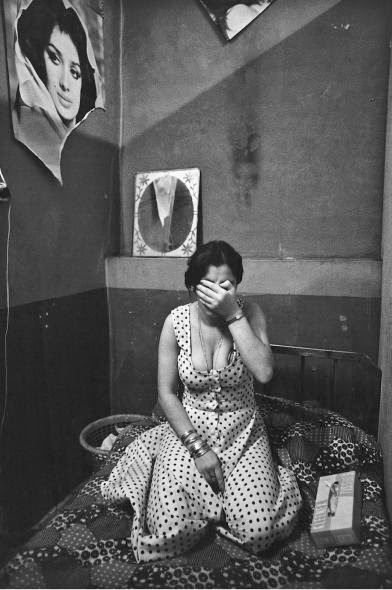This year's Easter weekend was marked by a visit to Budapest's Kunsthalle contemporary art museum located in 1895 eclectic-neoclassicism building in the Heroes' square. Strolling at night after a heavy Hungarian dinner, I have noticed a big announcement of Shirin Neshat's exhibition and my visit followed the next day.
Little I knew about the contemporary art in Hungary, so the discovery of quite a few names paid off my early Sunday morning pilgrimage. The group exhibition consisted of Derkovits Gyula Fine Arts Scholarship holders' artworks. My favorite were István Felsmann's Lego Relief pieces and witty pieces and a witty
installation of three maneki-neko sculptures playing music instruments as
well as Gábor Koós's Budapest Diary large-scale
prints and wooden stencils (I have been quite lucky to try to make some on my own in Autumn 2013).
Works of Judit Rita Raboczky reminded me a variation of Pawel Althamer's 2011 commission for Deutsche Guggenheim, Venetians large-scale sculpture installation for 2013 Venice Biennial while the installation of Szanyi Borbàla - to another Polish artist NeSpoon whose works are based on lace patterns usually inserted into urban landscapes. However, for this associative exercise, there is a separate post.
István Felsmann, Hospital, acryl, lego, 2010
István Felsmann, Hospital, acryl, lego, 2010. Detail
István Felsmann, D.M.Z, print, lego, 65X65, 2013
István Felsmann, D.M.Z, print, lego, 65X65, 2013. Detail
István Felsmann, Newspaper, lego, newspaper, 34X45, 2011
István Felsmann, Newspaper, lego, newspaper, 34X45, 2011. Detail
István Felsmann, Composition, lego, paper, 34X45, 2010
István Felsmann, Booklet, lego, booklet, 34X45, 2009
István Felsmann, Maneki-neko Playing Bass, installation, 2014
Gábor Koós's Budapest Diary series, print, 2014
Gábor Koós's Budapest Diary series, stencil, 2014
Gábor Koós's Budapest Diary series, print, 2014
Gábor Koós's Budapest Diary series, stencil, 2014
Works of Judit Rita Raboczky reminded me a variation of Pawel Althamer's 2011 commission for Deutsche Guggenheim, Venetians large-scale sculpture installation for 2013 Venice Biennial while the installation of Szanyi Borbàla - to another Polish artist NeSpoon whose works are based on lace patterns usually inserted into urban landscapes. However, for this associative exercise, there is a separate post.
Judit Rita Raboczky, Looking in the Mirror, 2011, achor
Judit Rita Raboczky, Looking in the Mirror, 2011, achor. Detail
Judit Rita Raboczky, 2011, achor
Szanyi Borbàla, YSA PUR III, 2013, iron
Pawel Althamer at Venice 2013 Biennale with a variation of his 2011 commission for Deutsche Guggenheim, Venetians large-scale sculpture installation
NeSpoon, Franciacorta project for Art Kitchen Foundation. Source: artist's Behance page
Click here for more photos and videos




















































